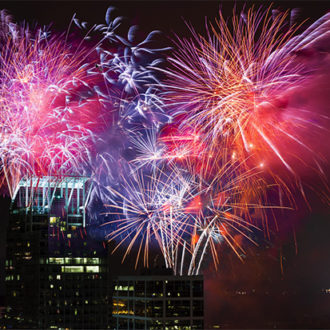Thoughts about Composition

My good friend and photographer buddy Steve Gustafson and I did a class here on Kelbyone.com about Composition. We are still continuing the dialogue back and forth about what it is and how it works, and this is a post Steve put together to continue the discussion. I thought I would share it with you in the hopes that it helps trigger some new thoughts and ideas about how you can grow as a photographer.
“Last Saturday I had the privilege of riding to Atlanta with a man who has taught photography at the college level for nearly 50 years. The only thing larger than Tom Kilpatrick’s love for photography is his gracious spirit. I expected the day, talking photography with Tom, to be enlightening and I was not disappointed.
As we discussed the subject of composition, it seems that we always came back to the word “narrative”. A narrative, according to the dictionary, is “a representation of a particular situation or process in such a way as to reflect or conform to an overarching set of aims or values”. In other words, a person’s interpretation about a certain event or situation . The narrative may be created by using words, pictures, or numerous other mediums. Photography is one of those mediums… therefore a photograph is a visual means of creating a narrative. “Narrative is what gives an image meaning and meaning gives a photograph value.”
Narrative is far too broad a subject to deal with in a blog post but I would like to encourage you to consider the concept of trying to add meaning to your photographs. I always ask students to think of two questions before taking a photograph. #1 What is my subject? #2 What am I communicating about my subject? As in a story, a good photograph has a clear subject and it “reflects an overarching aim or value”
Lets look at an example
This image is SOOC(straight out of the Camera) taken during a vintage baseball game. Every effort is made to play the game according to its original design. The players don’t use gloves and the pitcher wants the “striker” (batter) to put the ball in play. Players dress in vintage attire and even use words and phrases that match the vernacular of the mid 1800’s
The second image is my narrative of the game. Since this is not a journalistic image, I was free to use a process that I felt would best reflect a value of that particular situation. My obvious intent was to communicate the action of the baseball game but to also compliment the player’s goal of maintaining the historical integrity. The treatment of the image aids the viewer in perceiving that this is not a normal twenty first century baseball game. The crop, coloration, toning and cloning are all designed to “reflect an overarching aim or value”. The goal is for the viewer to have the same nostalgic feeling when viewing the photograph as they would when viewing the actual game.
Narrative communication is an art. It often requires trial and error to find what elements communicate particular meanings. Although it is somewhat subjective it is just like a good written narrative. A well composed photograph stimulates the imagination of the viewer providing an emotional connection with the subject.”



